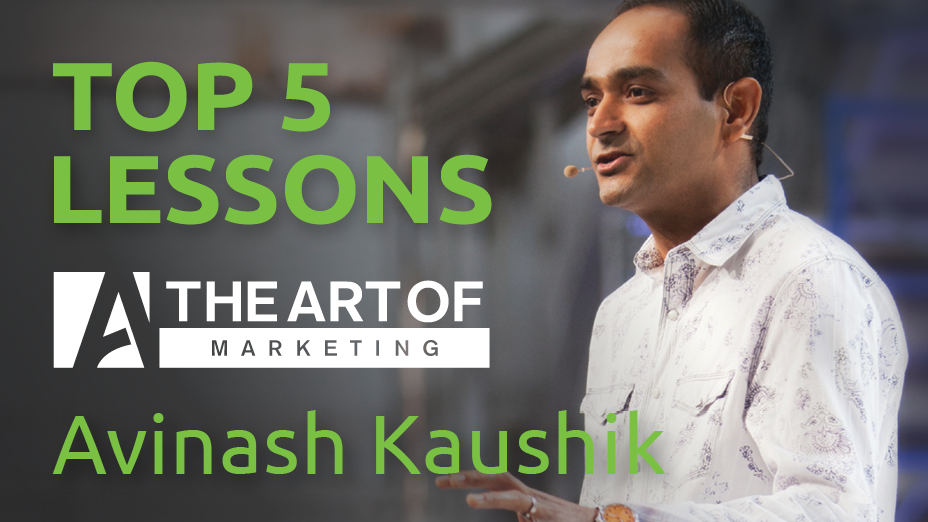You are already fascinating. That’s a fact.
But, are you allowing your natural, authentic personality to shine through in social media? Hmm. Maybe not.
Before you jump into a direct conversation w/ a prospect get to know their online style @SallyHogshead
Here’s the bad news: A lot of fascinating people have really, really, really boring blogs, tweets, and Facebook status updates. Really boring. Instant narcolepsy.
Here’s the good news: You don’t LEARN how to be fascinating. You UNLEARN how to be boring.
The heart and soul of social media lives in creating fascinating messages that your network values. Once you start to develop more charismatic and persuasive content, you develop a more intensely dedicated network, and earn a far higher chance of inspiring actions such as connecting, commenting, or buying.
You can express your personality more persuasively. In fact you must , if you want to succeed in social media. How, exactly? How to apply your personality to your social media messages? Start by taking the Fascination Advantage personality test, to find out how your own personality fascinates: HowToFascinate.com
Next, apply these tips to share your natural fascination advantages in social media.
1. Evoke a response.
Find the areas of your personal brand that are most likely to evoke a response (your product, your methods, your beliefs, your promise), and then build messages around that.
Try this: Have opinions. Go on a rant. Praise your competitors, or praise your employees. Say how your industry could improve. Reveal part of your history or family culture, and how that applies to your customers. Ask questions. Ask advice. Then, respond to comments to keep the conversation going.
Now, of course, the goal here isn’t to pick a fight (unless controversy is consistent with your core message). It’s okay to be provocative, and even contrarian, but remember that social media is a public forum.
Consistently lame social media messages can actually damage your brand, because people stop valuing your participation. If you’re unwilling to have a strong point of view, stick to more conventional forms of marketing.
The lesson: If you’re too cautious to spark discussion, stick to buying traditional advertising.
2. When someone reads your messages, they should “hear” your voice.
Think of your own communication style: Are you a natural storyteller, sharing your experiences? Or a dignified thought leader? Or a sharp-tongued satirist? Are you erudite and restrained, or streetwise and animated? Does pop culture play a role in your discussion? Do you focus on the big picture, or the details? Highlight those strengths in your messages.
Your social media messages should encapsulate the best of how you communicate: in a high-energy phone call, or in a meeting when you’re making an excellent point, or even over lunch with a friend. In other words, write like you talk.
The lesson: Social media isn’t part of your personal brand. It IS your personal brand.
3. Serious is okay. Boring is not.
If you have an understated, serious style of communicating, can you still be fascinating? Yes, absolutely. You can be just as intensely fascinating as the irreverent commentator. Gravitas lends a very compelling tone, especially when combined with important points.
However, don’t take yourself so-o-o seriously that you turn into a soulless typist. You must bring something fresh to the discussion— an opinion based on personal experience, or an insightful twist, or a delicious witticism, or a well-considered recommendation.
The lesson: Stand out, or don’t bother.
4. Bring something new to the discussion.
Being fascinating isn’t about being flashy or fabulous— it’s about providing new thinking that adds something useful.
Develop original thoughts and observations. Draw upon your unique experiences and history, then share it with others. Retweeting is a nice compliment, and reposting shares big ideas, but balance that with your own perspective.
What does your audience value? It could be anything from insider scoop to sales tips to gossip. Figure out what type of new thinking that you can deliver better than anyone.
The lesson: Earn your audience’s attention, and you’ll earn their respect (and likely, the sale).
5. Know when to talk, and when to listen .
Listen first. Listen especially to those you’d like to woo into conversation with you (such as a potential client or employer).
Before you jump into a direct conversation with a prime prospect, get to know their online interaction style. Then, once you have enough information to communicate in sync with their tone and manner, craft your first message, and go from there.
Unlike a job interview, in which you have no idea how someone might speak or behave, in social media you can observe precisely how they speak and behave. Be smart and use this insight to instantly create common ground and relationships.
The lesson: The more intelligently you observe people’s online style, the more quickly you can fascinate them with your own.
6. Start great discussion by asking great questions.
Here’s a secret: You don’t have to actually be provocative in order to provoke discussion. These conversations can be intently serious, bringing a debate to life on Twitter or Facebook. Or, they can be rousing explorations of an uncommon topic.
My questions range from the topics I touch upon in my keynote speeches: “Who do you find more fascinating: Celebrities, or your own family members?” Or another example, “What brands inspire an instant love-it-or-hate-it response for you?”
Your social media messages should encapsulate the best of how you communicate @SallyHogshead
Questions offer others the opportunity to participate in, and contribute to, a fascinating conversation.
The lesson: Social media isn’t just the wisdom of crowds— it’s the wisdom of your crowd.
The best social media is a perfect match of what your audience seeks, and how your natural personality advantage provides that.
Discover and apply your natural fascination strengths, right now. Get your personality assessment at HowToFascinate.com.





.png)




What Did You Think?